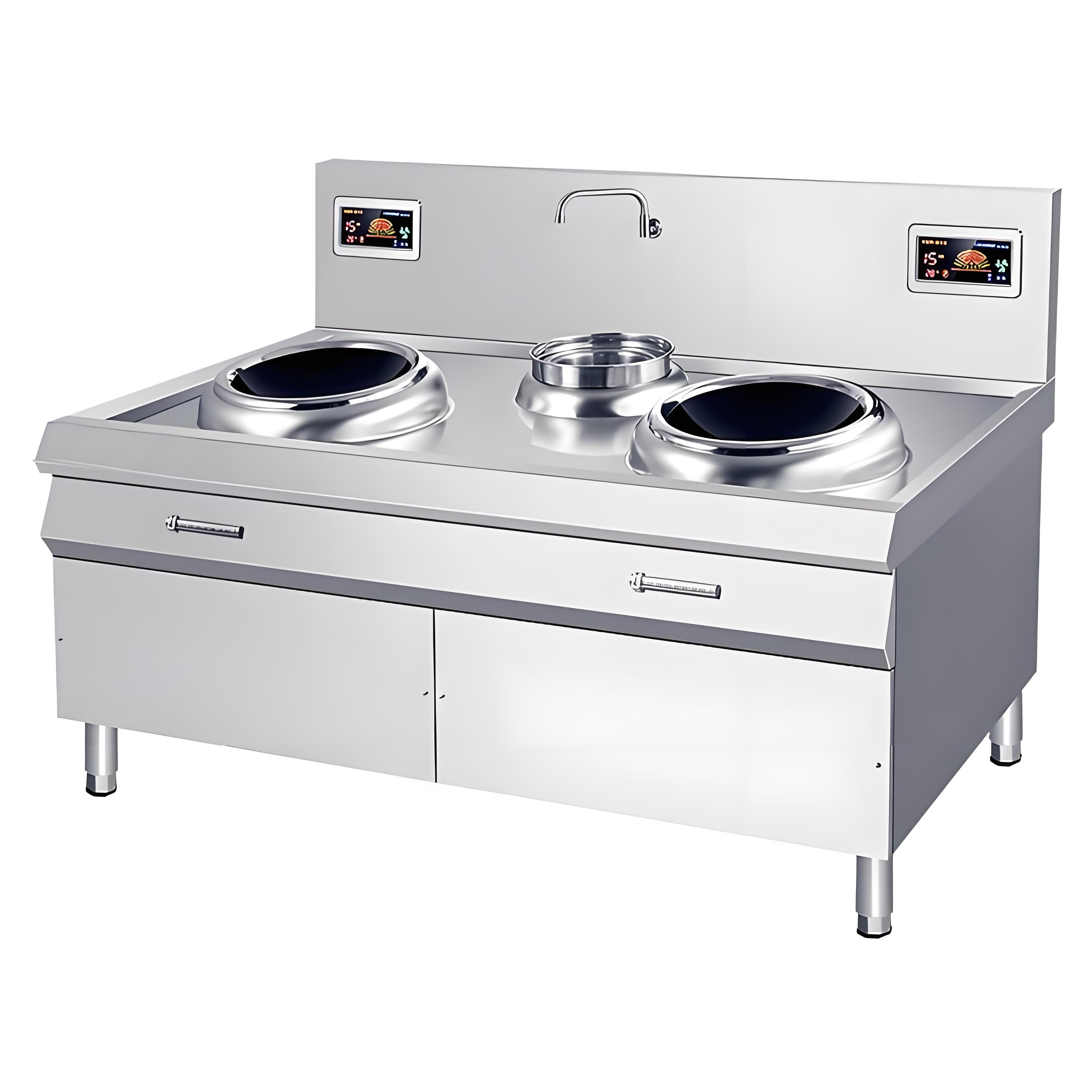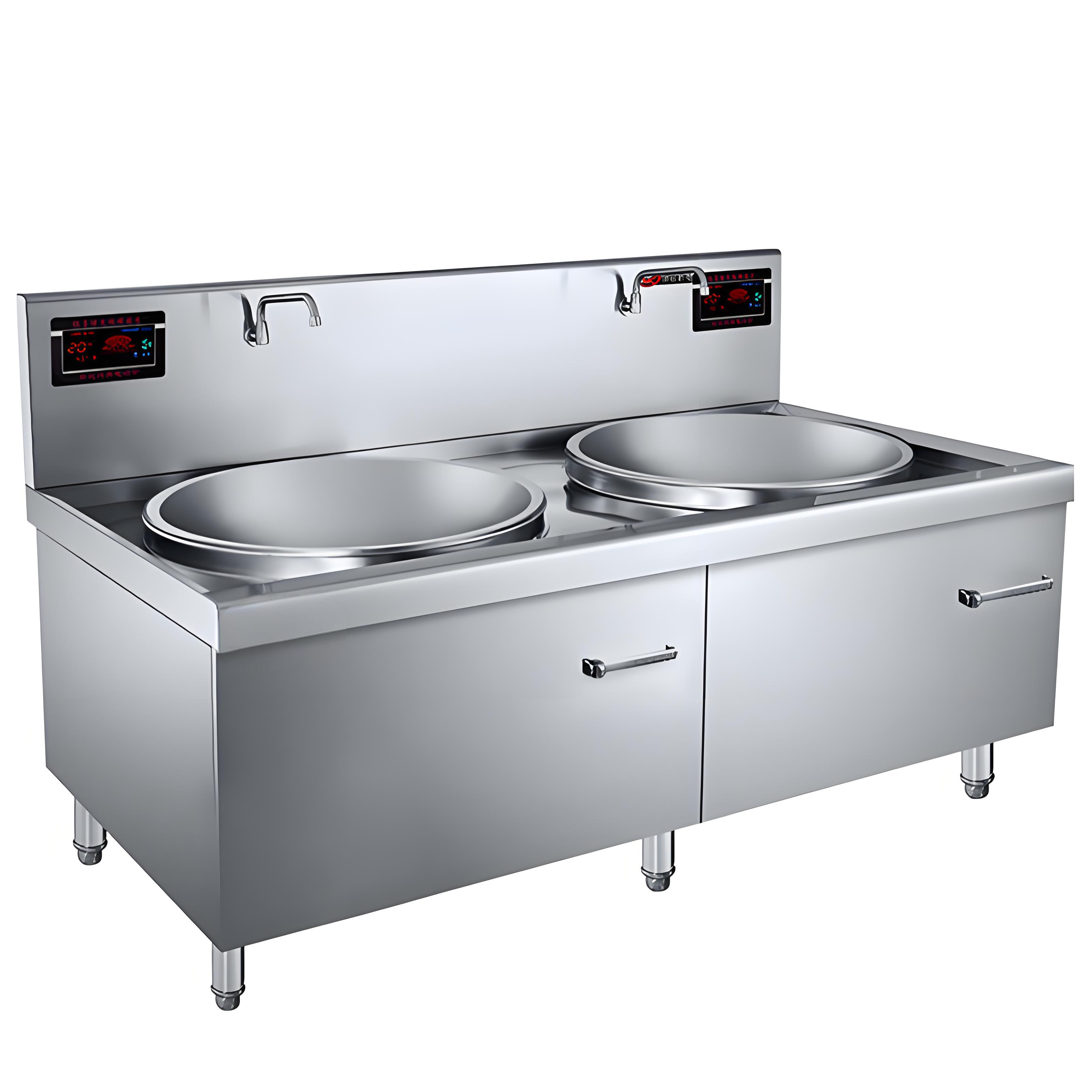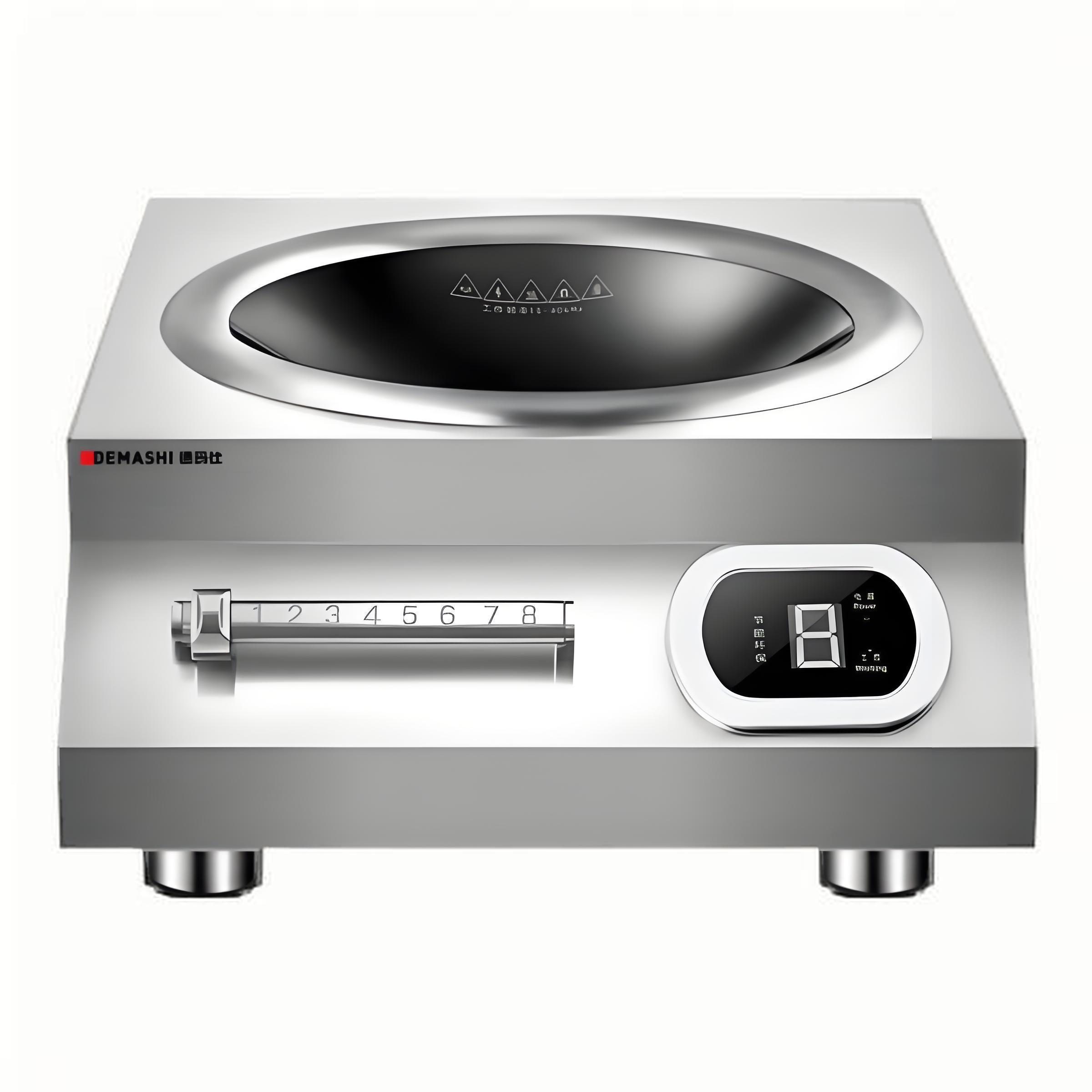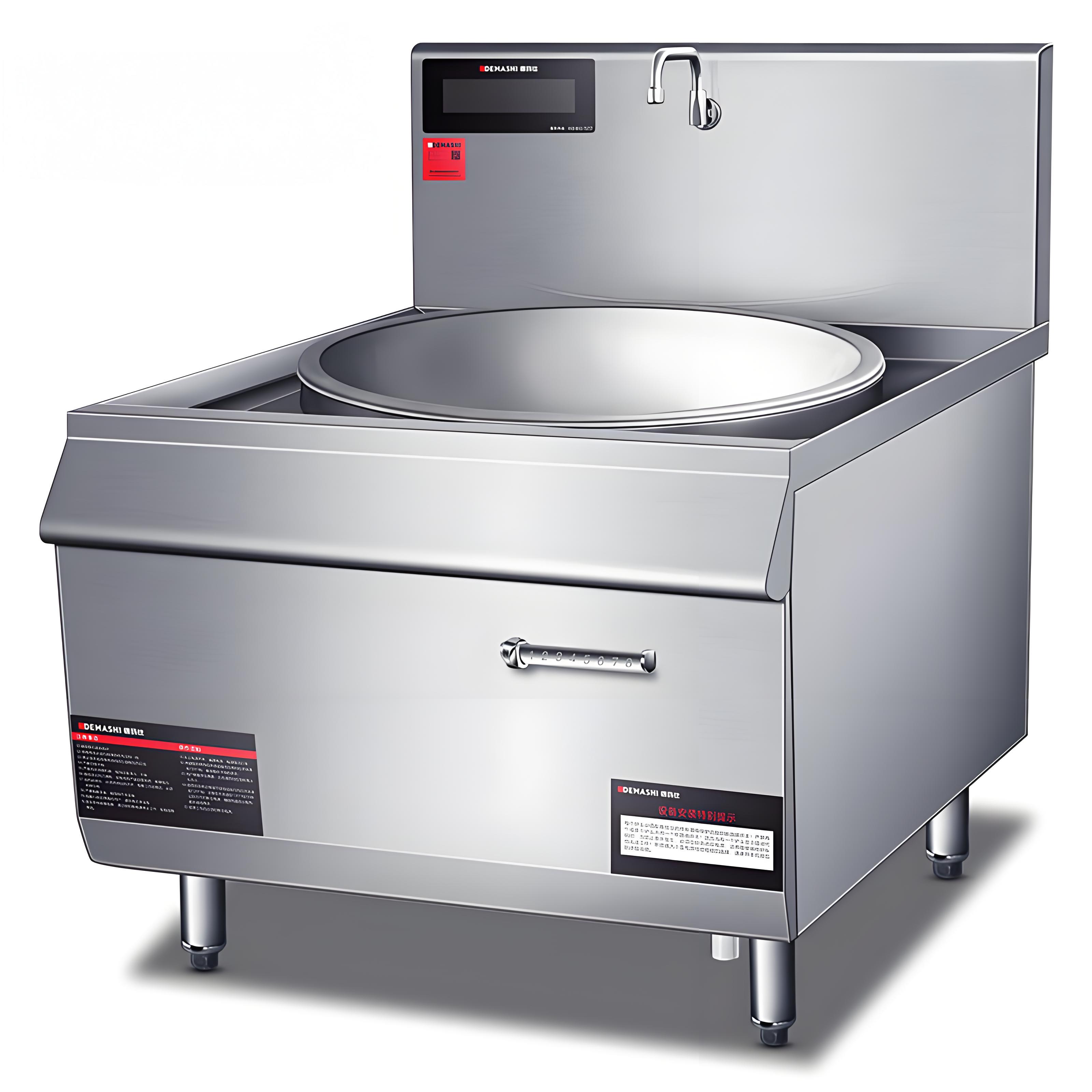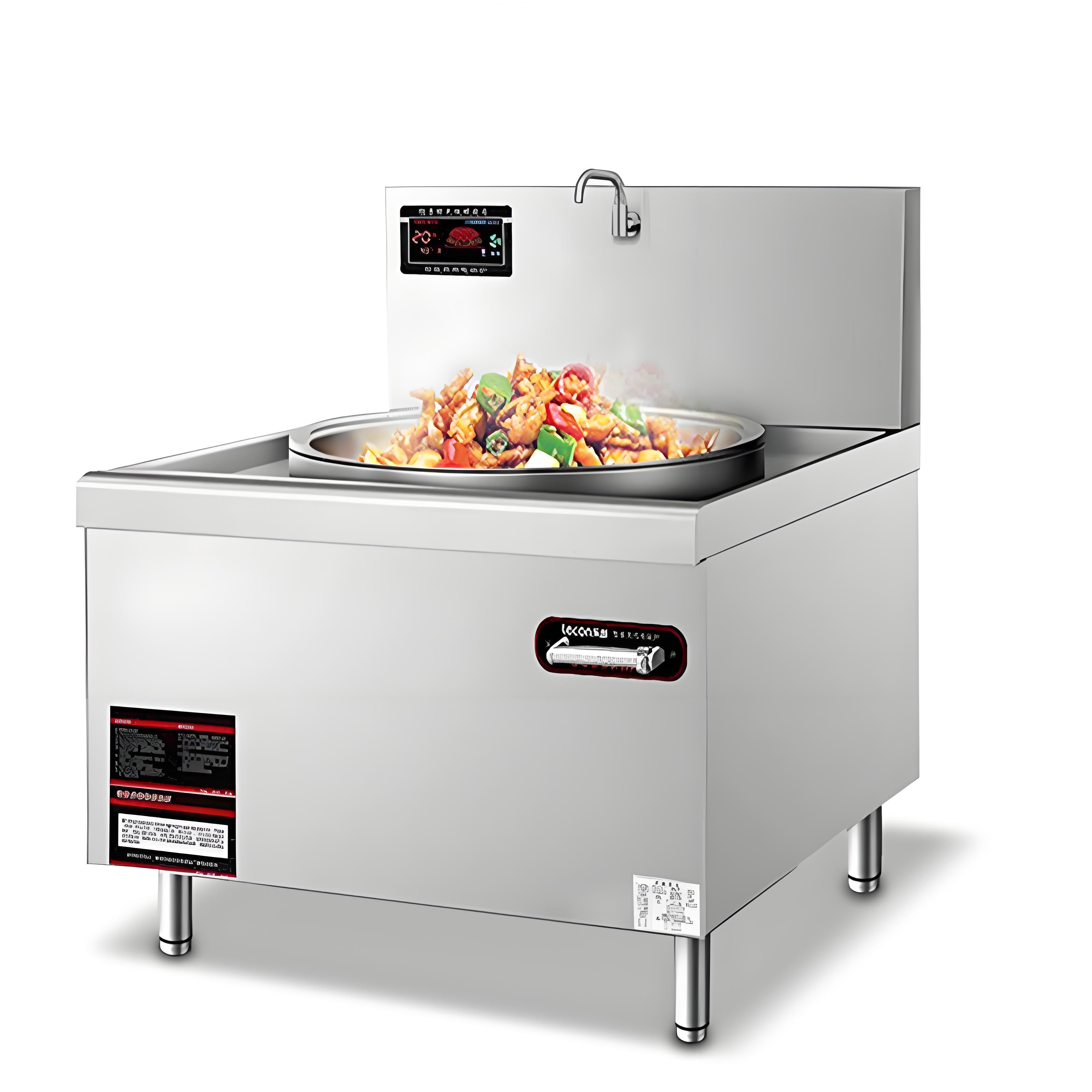Running a kitchen is no small feat, and I learned this the hard way early in my career. Years ago, when I was helping a friend set up a small bistro, we picked a commercial induction cooker that seemed like a steal—until it started underperforming during peak hours, leaving us scrambling to keep up with orders. That experience was a wake-up call about the importance of choosing the right equipment. A commercial induction cooker isn’t just a tool; it’s a partner in delivering great food and keeping your business humming.
Whether you’re managing a busy restaurant, a cozy café, or a catering operation, picking the right induction cooker model can make all the difference. In this guide, I’ll share my insights from years in the industry to help you navigate the options. We’ll cover the key factors to consider, compare different models with a handy table, and explore how to match a cooker to your specific needs. Let’s get started!
Why Choosing the Right Model Is Critical
A commercial induction cooker can transform your kitchen’s efficiency, cut energy costs, and ensure consistent results. Unlike gas or traditional electric stoves, induction cookers are up to 90% energy-efficient, transferring heat directly to the cookware with minimal waste (source). This efficiency not only saves money but also aligns with the growing demand for sustainable practices in food service.
Beyond cost savings, the right model keeps your workflow smooth and your dishes top-notch. A poorly chosen cooker can lead to uneven cooking, frequent breakdowns, or wasted space—issues I’ve seen sink otherwise promising kitchens. So, how do you find the model that fits your operation like a glove? Let’s break down the essentials.
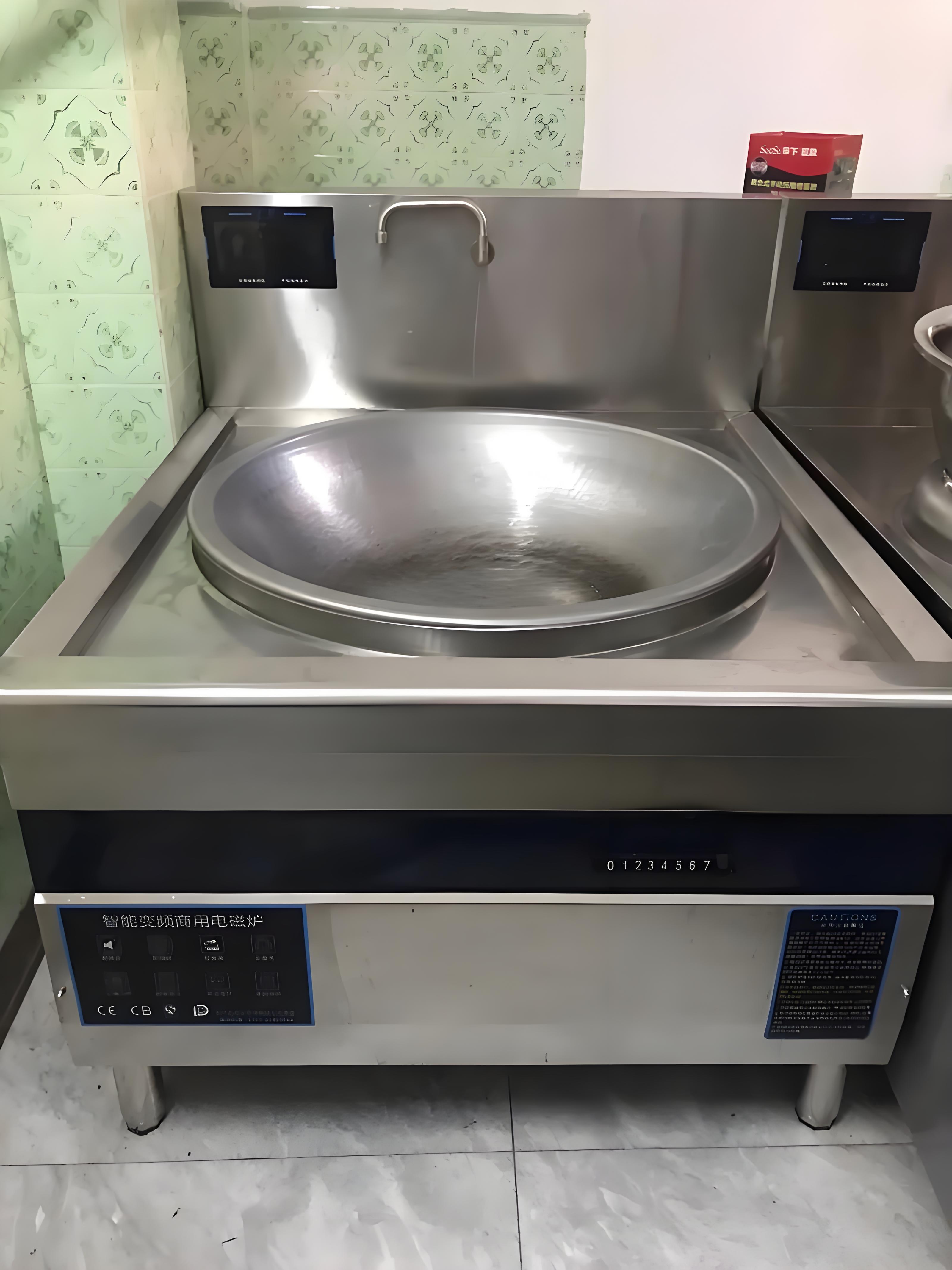
Key Factors to Consider When Selecting a Commercial Induction Cooker
Choosing the right induction cooker means weighing several factors against your kitchen’s unique needs. Here’s what I’ve found matters most, based on my experience and industry trends:
1. Power and Wattage
The power of an induction cooker, measured in watts, determines its speed and capacity. Commercial models typically range from 1,800W to 5,000W or higher. Here’s a quick breakdown:
Low-power models (1,800–2,500W): Perfect for small operations like cafés or food trucks, where you’re preparing lighter dishes such as soups, sauces, or pastries.
Mid-power models (2,500–3,500W): Ideal for medium-sized restaurants handling moderate volumes, like stir-frying or boiling pasta.
High-power models (3,500W+): Suited for large kitchens or catering services that need to cook large quantities quickly, such as for banquets or high-turnover restaurants.
Think about your menu and busiest hours. For example, a dim sum restaurant with constant steaming and frying needs a high-wattage model, while a bakery might do fine with a lower-powered unit.
2. Size and Kitchen Fit
Induction cookers come in various sizes, from compact single-burner units to large multi-burner setups. Before buying, measure your kitchen and consider your workflow:
How much counter space is available?
Do you need a portable unit or a built-in model?
Will you cook multiple dishes simultaneously?
For tight spaces, a single-burner countertop model (about 12–16 inches wide) is a lifesaver. Larger kitchens might opt for double- or quadruple-burner units, which need more space and a robust power supply. I once worked in a cramped food truck where a compact single-burner unit was our MVP, fitting perfectly into our tiny setup.
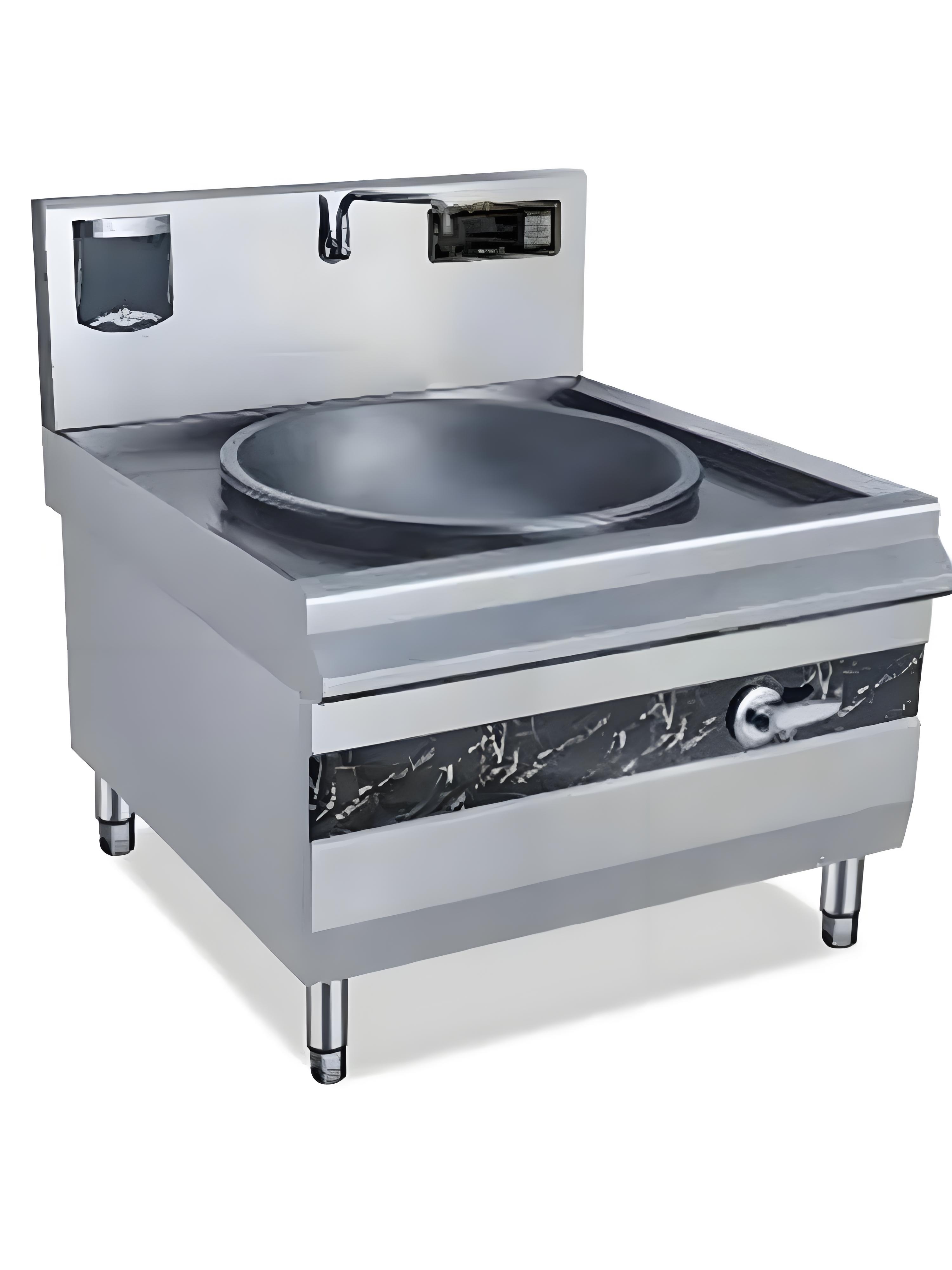
3. Features and Functionality
Modern induction cookers offer features that boost efficiency and ease of use. Here are some I recommend prioritizing:
Precise temperature control: Crucial for delicate tasks like tempering chocolate or simmering sauces.
Built-in timers: Save time by automating cooking processes, especially during busy shifts.
Durable construction: Stainless steel bodies and reinforced glass-ceramic surfaces withstand heavy use.
Safety features: Look for overheat protection, auto-shutoff, and pan detection to keep your kitchen safe.
I’ve seen programmable settings make a huge difference in kitchens with repetitive recipes. For instance, a catering chef I worked with loved a model with preset temperature profiles—it cut down prep time significantly.
4. Budget and Long-Term Value
Commercial induction cookers range from $200 to $2,000 or more, depending on power, size, and features. While it’s tempting to go for the cheapest option, think long-term. A reliable, energy-efficient model can save you on repairs and utility bills. Look for units with at least a 1-year warranty and check user reviews for durability insights. In my experience, spending a bit more upfront often pays off within a year.
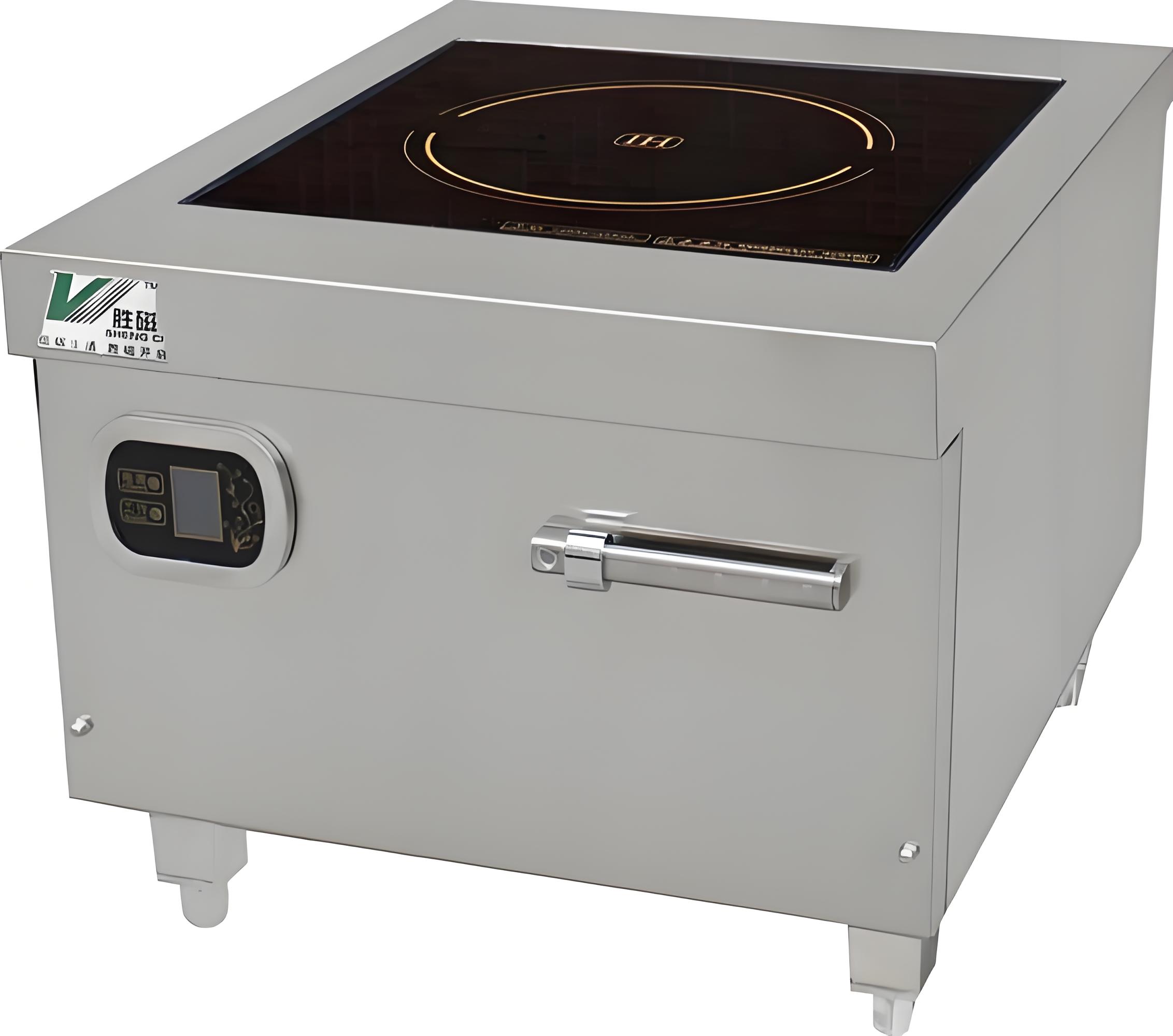
Comparison of Commercial Induction Cooker Models
To simplify your decision, here’s a table summarizing the main types of commercial induction cookers, their specs, and ideal use cases:
|
Model Type |
Power Range |
Size |
Best For |
|---|---|---|---|
|
Single-Burner Countertop |
1,800–3,000W |
12–16 inches wide |
Small cafés, food trucks, limited space |
|
Double-Burner Countertop |
3,000–5,000W |
24–32 inches wide |
Medium restaurants, moderate volume |
|
Built-In Multi-Burner |
5,000W+ |
32–48 inches wide |
Large restaurants, catering services |
|
Portable Induction Unit |
1,800–2,500W |
12–14 inches wide |
Pop-up events, temporary setups |
This table reflects my analysis of models available in 2025 and feedback from kitchen professionals. Always verify specs, as manufacturers may differ.
Matching Models to Your Business Needs
Every kitchen is different, so let’s explore how to pick a model based on your operation. Here are some scenarios I’ve encountered:
Small Café or Food Truck
For a café serving coffee and light bites or a food truck with a simple menu, a single-burner countertop model (1,800–2,500W) is ideal. These units are compact and efficient, perfect for tight spaces. I once helped a food truck owner choose a 2,000W unit that handled everything from grilled sandwiches to hot soups without cluttering the counter.
Mid-Sized Restaurant
Restaurants serving 50–100 customers daily need a double-burner countertop model (3,000–4,000W). These can handle multiple dishes at once, which is critical during busy lunch or dinner services. At a diner I worked at, our double-burner unit was a workhorse, churning out stir-fries and boiled dishes side by side.
Large Restaurant or Catering Service
High-volume kitchens require multi-burner built-in models (5,000W+). These are built for heavy-duty tasks, like cooking for large events. I recall a catering job where a 6,000W four-burner unit powered through hundreds of portions in hours, keeping our timeline on track.

Pop-Up or Temporary Setup
For food festivals or pop-up events, a portable induction unit (1,800–2,500W) is perfect. These are lightweight and easy to set up, ideal for temporary kitchens. I’ve used them at outdoor markets, and they deliver solid performance without complex installation.
Additional Tips for Success
Here are a few more considerations to ensure you get the most out of your induction cooker:
Safety First
Busy kitchens need safe equipment. Look for models with:
Overheat protection: Prevents damage during long shifts.
Pan detection: Activates only when compatible cookware is present.
Auto-shutoff: Reduces fire risks if the unit is left idle.
Maintenance Matters
Induction cookers are low-maintenance compared to gas stoves, but regular care is key. Clean the glass-ceramic surface daily with a soft cloth and non-abrasive cleaner to avoid scratches. Check the manual for ventilation requirements—good airflow prevents overheating and extends the unit’s life.
Energy Efficiency
Induction cookers are naturally efficient, but some stand out. Look for Energy Star-certified models or those with high efficiency ratings. According to the U.S. Department of Energy, induction cookers use less energy than gas or electric alternatives, potentially saving hundreds annually in a commercial setting.
Wrapping Up Your Decision
Choosing the perfect commercial induction cooker boils down to understanding your kitchen’s needs and balancing them with your budget. Start by evaluating your menu, customer volume, and available space. Use the comparison table to narrow your options, and don’t skip user reviews or warranty details—they’re gold for spotting reliable models.
From my years in the industry, I’ve seen how the right equipment can elevate a kitchen, just like a great recipe elevates a dish. Take your time, weigh your options, and you’ll find a cooker that powers your business forward. Here’s to creating delicious meals with ease and efficiency!
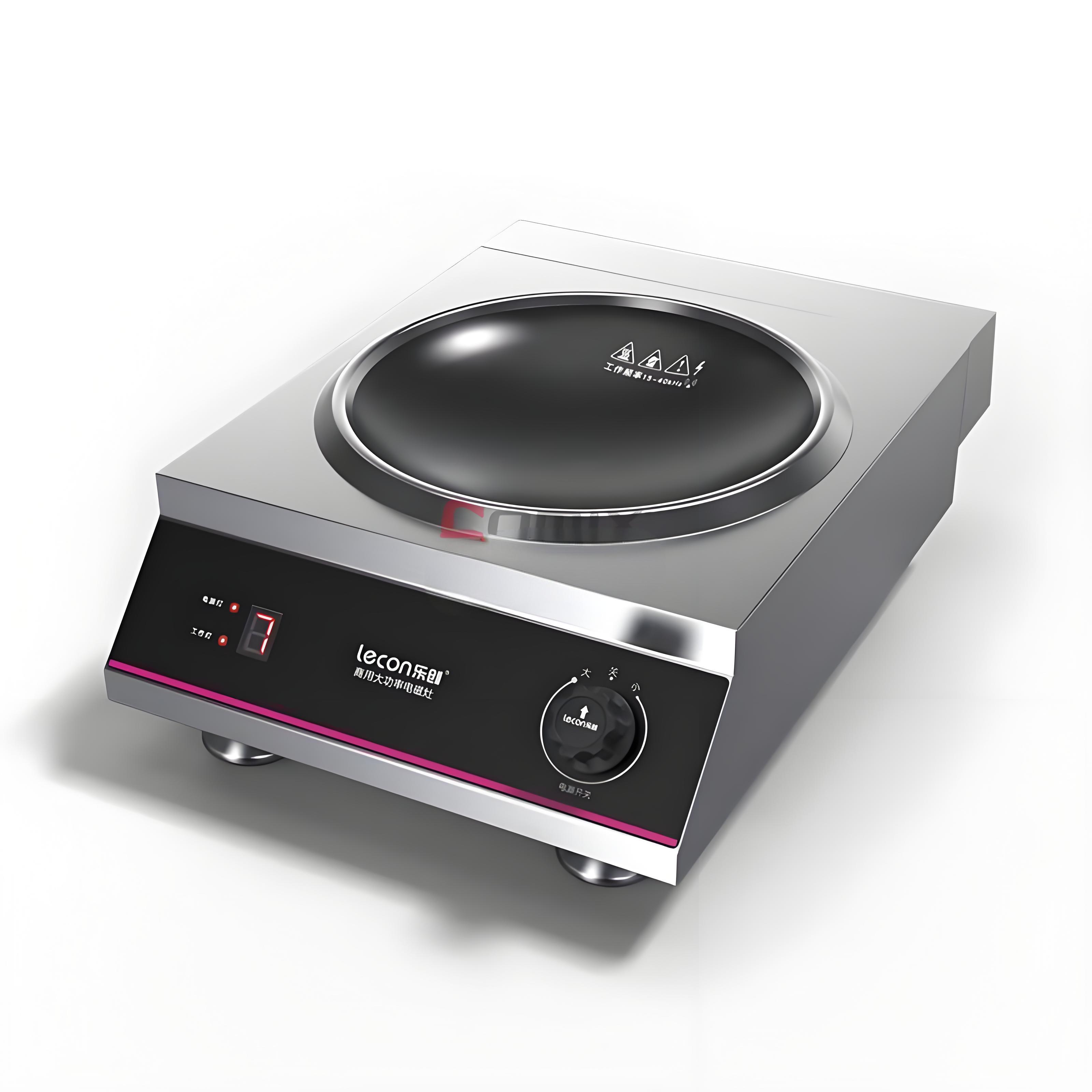
Frequently Asked Questions
Q: Can I use any cookware with a commercial induction cooker?
A: No, you need induction-compatible cookware made of ferrous materials like cast iron or stainless steel. Look for an induction-ready symbol on the cookware.
Q: How long do commercial induction cookers last?
A: With proper care, a quality model can last 5–10 years in a commercial kitchen. Regular cleaning and avoiding overuse help extend its lifespan.
Q: Are induction cookers safe for busy kitchens?
A: Yes, they’re safer than gas or electric stoves, with no open flames and quick cooldowns. Features like auto-shutoff and pan detection add extra safety.
Q: Is a high-end model worth the cost?
A: For high-volume kitchens, a premium model with advanced features and durability is often a smart investment. Smaller operations may do fine with mid-range units.
Q: Can I install an induction cooker myself?
A: Countertop models are typically plug-and-play, but built-in units may need professional installation for proper wiring and ventilation. Always check the manufacturer’s guidelines.
